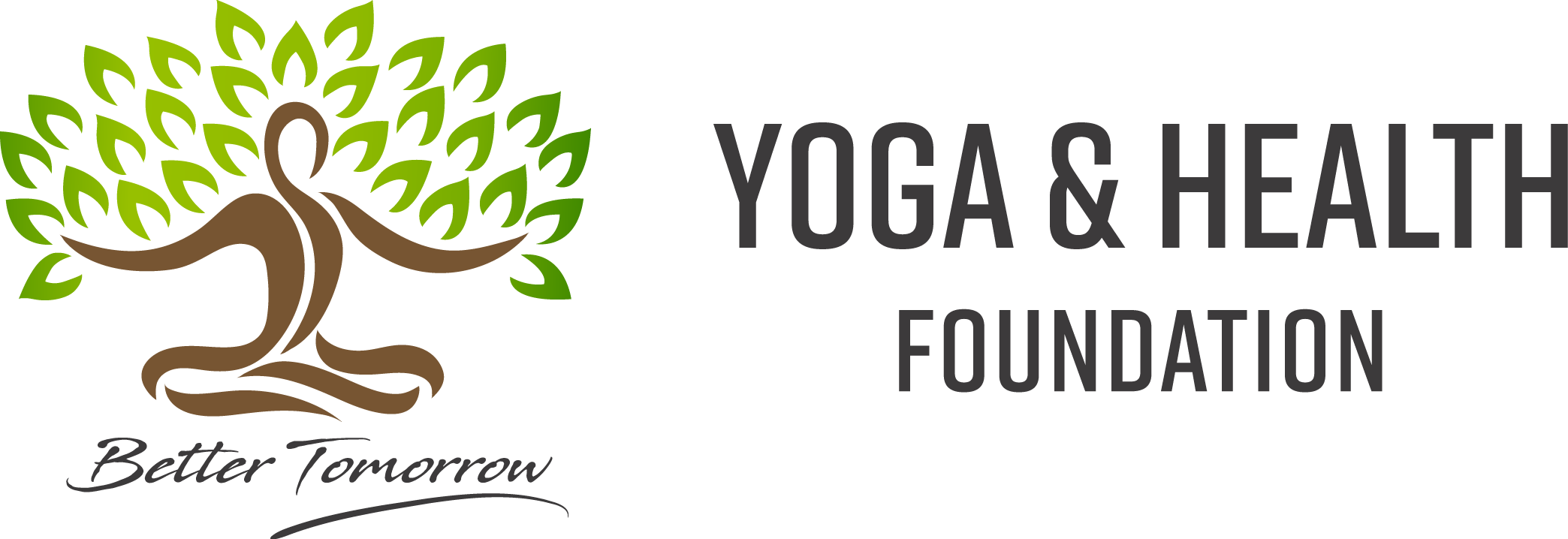Extreme weather events caused by the climate change are posing a real and increasing risk to the global aviation industry. Aviation stakeholders are already experiencing increased intensity of storms, air-turbulences, sea level rises, changes in rain, snow, wind, and storm patterns, sand and dust storms and more frequent wildfires. Many airports are in the low elevation coastal zone, vulnerable to flooding and sea level rise.
International Civil Aviation Organization(ICAO), is specialized UN agency, which develops standards and recommended practices for international aviation.International flights are not counted in domestic emissions as they have their own category: ‘bunker fuels’.
ICAO has been working to reduce the impacts of aviation on the global climate, through a basket of CO2 reduction measures for many years now. This contributed to modern aircraft being 70% quieter and 80% more fuel-efficient than their early predecessors[1]. International air transport only contributes 2% to global carbon emissions today.
In this ‘hard-to-decarbonize’ sector, ICAO developeda Carbon Offsetting and Reductions Scheme (CORSIA) in 2016. To ensure that operators and participating States were able to accurately measure and report their CO2 emissions, ICAO developed extensive rules and procedures, called monitoring, reporting and verification (MRV) system.
Some 97% of global international aviation CO2 is now being annually reported under this framework, through the CORSIA Central Registry. CORSIA was affected by COVID-19 decline in air travel, though it was launched in 2021, the offsetting of emissions is yet to commence.
The Paris Agreement agreed to a global plan to keep temperature increases well below 2 degrees above pre-industrial levels. There was a lot of pressure from industry and developed States to adopt an aspirational long-term goal of net zero carbon emissions by 2050 for international aviation.
According to the feasibility study, the most aggressive scenario envisages that CO2 emissions could be reduced in 2050 by 87% counting on 21% deriving from new technologies, 55% from fuels and 11% from operations. The rest should be reduced presumably via marked based measures.
In 2022, tough negotiations in series of meetings held at regional, technical and international level led to adoption a long-term aspirational goal of Net Zero by 2050 (LTAG) with some flexibility for developing countries.
Sustainable Aviation Fuels (SAFs) will play a fundamental role and ICAO is heavily committed to facilitate investments and production of SAFs worldwide. SAF today is available in very small quantity and is very expensive.
To encourage SAF production, the ICAO third High Level Conference on Aviation and Alternative Fuels (CAAF/3), which will be held later this year in Dubai from 21 to 24 November,2023. The meeting is likely to come up with global mandates for SAF use with milestones by 2030-2035-2045-2050.
ICAO efforts at climate mitigation are timely, however the concern is that they must not affect the growth of aviation and its economic benefits to the society in developing countries. It is also likely to increase the air fares in future, which are not in the interest of air travellers.
About The Author
Dr Shefali Juneja is a 1992 batch officer of the Indian Revenue Service (Income Tax cadre) and currently serves as India’s Representative in the council of the ICAO, Montreal, Canada. She replaces senior Indian Administrative Service (IAS) officer Alok Shekhar and holds expertise in international agreements, bilateral air services negotiations and aviation security.
Dr Juneja holds an MBA in Aviation Management and a Certificate Course in Aviation law from McGill University. She has extensive experience in both civil service and semi-judicial positions, is a respected speaker and author, and holds leadership roles in numerous ICAO Council groups and aviation associations.
Email Address: saachidivisha@yahoo.com

